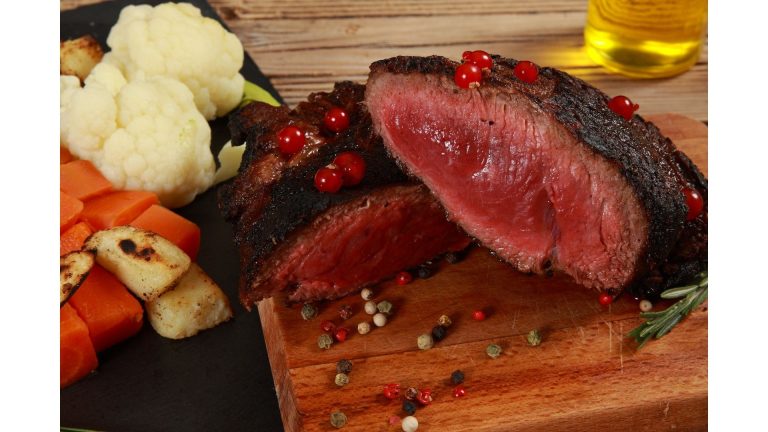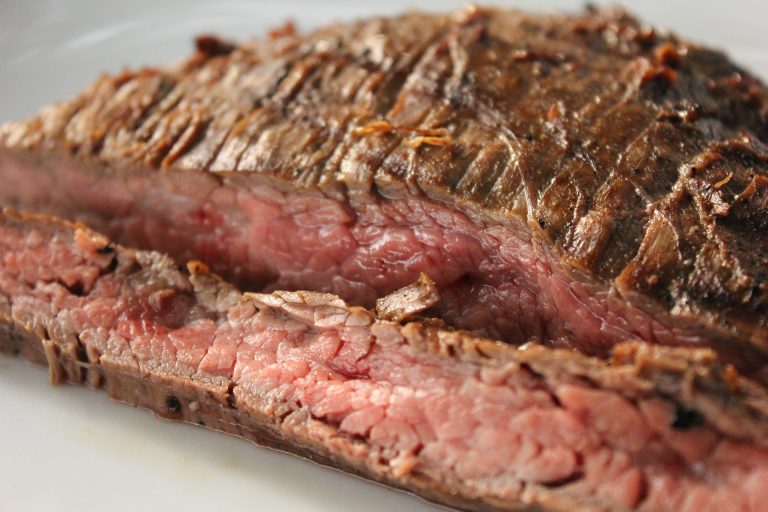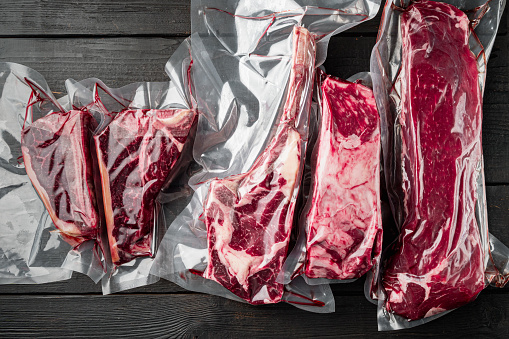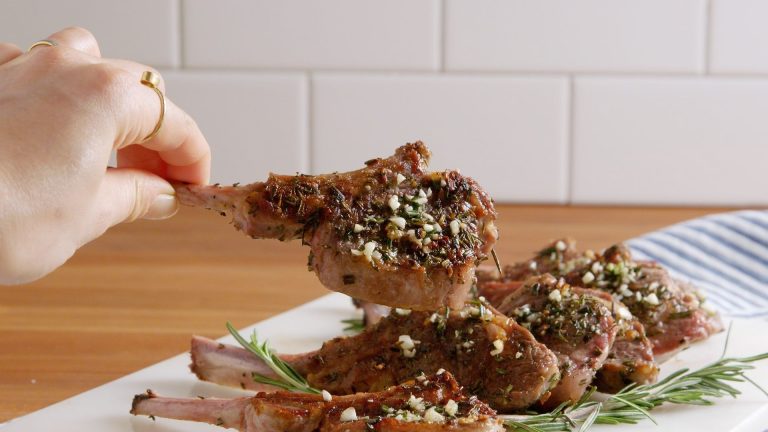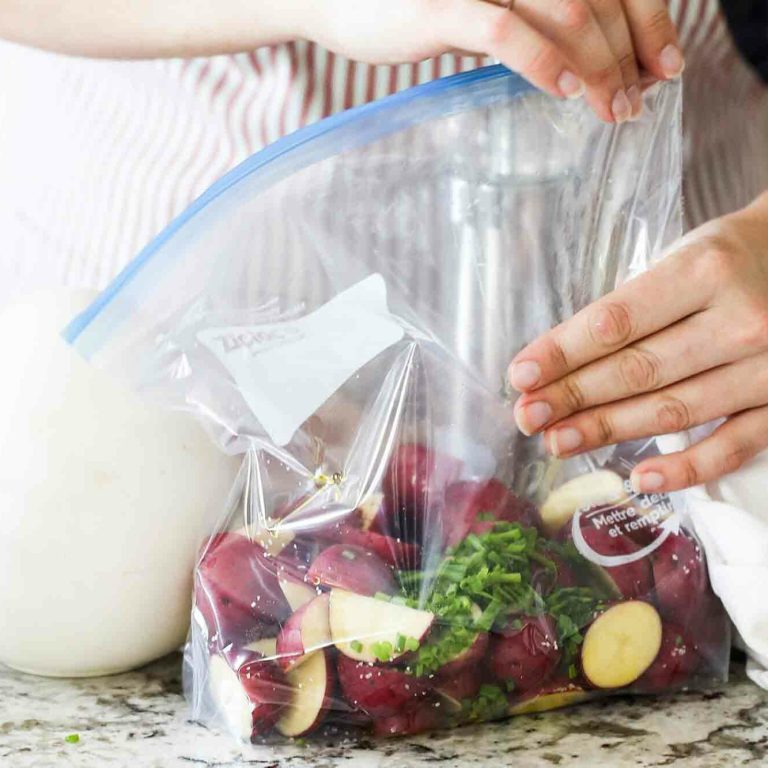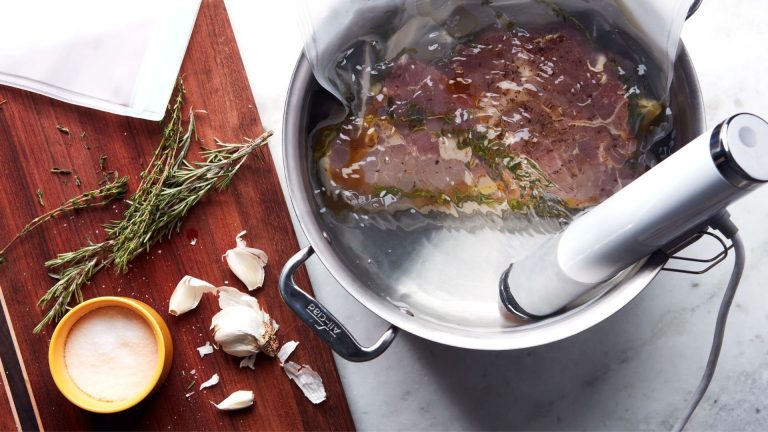Sous Vide Cooking VS Boiling | Spoiler – They Are Not The Same!
Sous vide is a great method of cooking that produces finely cooked meals without needing many interruptions or work from the cook.
You just put the food and seasoning in a heated water bath, set a time and temperature, and wait for it to be ready. And the results are less work and better cooking.
Sous vide is rather a new method of cooking. But due to the above-mentioned benefits, these days this method is gaining in popularity all over the world.
However, as we said, it’s a new method. And one of the most difficult aspects of introducing new ideas is making people understand what they actually are.
In the case of sous vide cooking, a few chefs believe that this method is the same as boiling, mostly because both techniques involve putting food in hot water.
However, they couldn’t be more wrong about the matter.
Sous vide provides a level of perfection that boiling cannot match. Sous vide and boiling are different things that are for different purposes and produce different results.
Therefore in this article, we will discuss all these things that will help you clear all the doubts that you have. So keep reading…
Table of Contents
What Is Sous Vide?
Sous vide is a recently developed method of cooking that uses precise temperature control and vacuum sealing to cook food. It involves using water to transfer heat from the cooker to food because heat transfer to food from water is much more efficient than that from the air.
The food is placed in heating water-packed and vacuum-sealed in a bag so that water does not touch the food directly. Water is used only as a heat transfer element where the goal is to cook as perfectly as possible.
Reason for Confusion: The Boil-In-Bag Cooking
There is another method of cooking called boil-in-bag and this is a big reason that people often confuse sous vide with boiling. Most people think that sous vide is the same as boil-in-bag.
The boil-in-bag method was developed to offer convenience in cooking.
It involves buying deeply frozen or dried meals from the market (that usually come in bags), and then putting the food along with its bag in boiling water to cook and eat instantly. What boiling does is undo the deep freeze or dry effect on the foods that make them instantly eatable.
People often confuse this method with sous vide because both involve putting the bagged food in heating water, however, they are not at all similar. In the boil-in-bag method, the top priority is convenience, while the top priority of sous vide is to produce finely cooked meals.
Difference Between Boiling and Sous Vide
The following are the main difference between the two methods of cooking that will totally clear your doubts:
1. Heat
The amount of heat needed is a major difference between the two methods. Boiling involves heating the water to its boiling point, which is around 220 degrees Fahrenheit.
The sous vide never actually involves so much heating. In sous vide we heat water between 120 to 210 degrees based on the type of meal we want to cook.
The water doesn’t actually boil in sous vide. The goal is to provide just the amount of heat that a meal needs to cook perfectly. Nothing more or less than that.
2. Temperature control
There is no element of temperature control in boiling. We just heat water to the boiling point for as much time as we need.
The sous vide involves a big deal of temperature control. In fact, maintaining a constant temperature is the whole concept of sous vide.
The water is heated to a precise predefined temperature, and then it is circulated constantly to maintain every inch of water precisely at the exact same temperature for the entire cooking duration.
The goal is to cook food with the same amount of heat from all sides.
3. No direct water contact
Sous vide involves vacuum sealing the food in a bag. This is done to ensure that water doesn’t actually touch the food. In sous vide, we don’t want water to directly contact the food.
If water touches food, it dissolves the natural flavors of the food, which is what happens in boiling.
In sous vide, we only use water as a heat transfer element, and water touches the food indirectly through the walls of the bag to transfer the heat.
Boiling involves no such thing like it. We just drop the food in the water. Even in the boil-in-bag method, some foods have porous bags that allow a predefined amount of water to enter the food.
4. Liquid released from food
Foods that have been boiled in water will release their liquids; for example, a chicken that has been boiled for several hours will yield a delicious chicken broth, but the steak will not be juicy; the maximum temperature breaks the collagen, which releases the natural liquid that has been stored in the meat.
Cooked sous vide, on the other hand, retains a lot of moisture due to the low cook temperature, which allows collagen and protein to break down without releasing liquid.
Final words
Boiling and sous vide cooking are two distinct methods of preparation that are suited for different purposes.
Boiling makes foods easily digestible, kills bacteria, and allows the body to absorb particular nutrients more efficiently. Cooking in boiling water is an excellent method for preparing soups, stews, sauces, and meals like pasta and other grains.
Sous vide cooking is preferable for items that require a delicate touch, such as seafood, a superb steak, or vegetables such as asparagus. It’s when you need something better than conventional cooking methods.
This method of cooking is excellent when you require a great degree of control over what you are cooking. You maintain a precise temperature for the entire duration of cooking, which may take several hours.
It’s like you brew your meal slowly and perfectly to produce delicious results.

Foodie and a passionate cook, I am here to share all of what I know about cooking, kitchen, and food prepping.
Follow me for delicious and healthy recipes.

